Introduction to Osechi
Osechi Ryori is indispensable for the Japanese New Year. Additionally, each dish has a congratulatory meaning. In addition to that, there are also manners in how to eat osechi dishes. In this article, I will teach you the meaning of osechi dishes and why Japanese eat them during New Year. After gaining knowledge of osechi cuisine, be sure to practice a wonderful way of eating with adult etiquette when you have a New Year’s meal in Japan.
Etymology
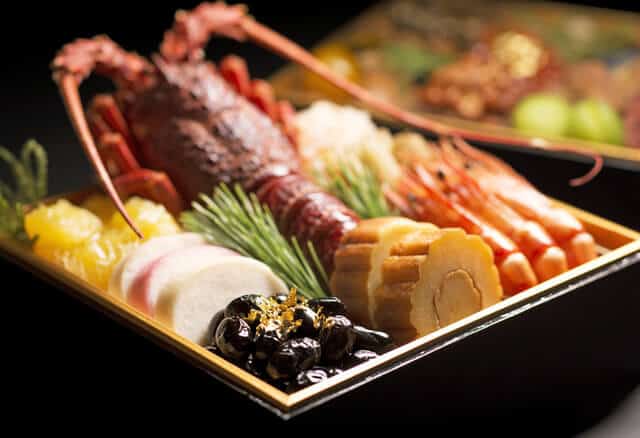
The term “osechi (ãŠã›ã¡)†was derived from o-sechi, meaning a season or significant period. In Japan, New Year’s Day was considered one of the five seasonal festivals in the Imperial Court in Kyoto.
What is Osechi?
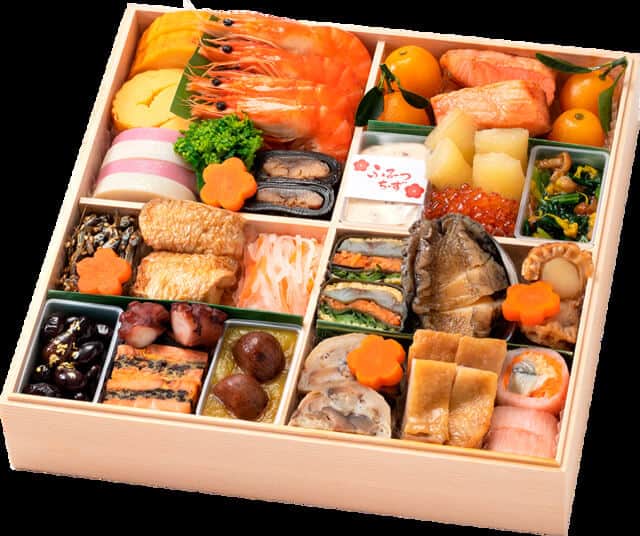
Osechi ryori, often shortened to simply “osechi,†is the name for the traditional New Year’s feast of an exquisitely prepared collection of foods. Osechi is easily recognizable by their special boxes called jÅ«bako, which resemble bentÅ boxes. Japanese shared this among family members or friends who have gathered for Shogatsu. On New Year’s Day (January 1st morning), the god of the year will come. Therefore, New Year’s dishes have the background of the custom of making deep-seasoned and sweet dishes that last a long time so that they don’t have to wash away the gods with water on the third day of New Year.
History of Osechi
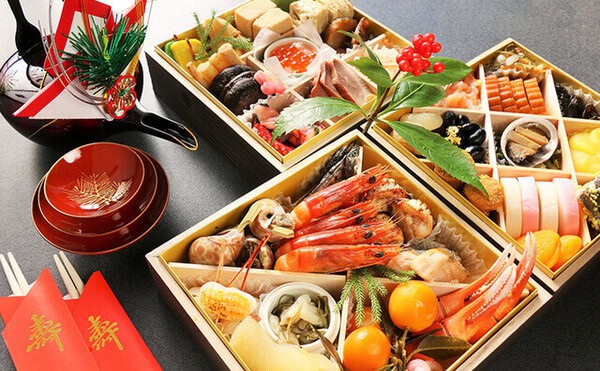
According to popular belief, the origins of Osechi may be traced to Japan’s Yayoi era (300 BCE – 300 CE). It was originally used as a sacrifice to the gods, thanking them for a plentiful crop. A calendar with a turning point was from China, and a custom of thanking God for the blessings of nature and the harvest was born. This harvest celebration was “sekku,” and the food produced as part of the rite was also known as sekku cuisine. From the Nara period to the Heian period, the custom of performing ceremonies according to the calendar became established, and it became a court event held by the emperor.
The original holiday gradually include more and more Chinese rituals and festivities, and the harvest festival meal the court ate had made a new name to it: osechiku. This phrase gave rise to the contemporary name osechi. People began to adapt these kinds of court-exclusive events and customs into their daily lives throughout the Edo era, and osechi became a delectable custom loved by everybody.
In the Edo period, they set Gosekku as a holiday and became an official event of the Shogunate. It has been incorporated into daily life by the common people, and the offerings have spread to the general public, and it has become possible to eat gorgeous dishes five times a year. Of the five dishes, the osechi cuisine, where the new year begins emphasized as the New Year’s cuisine. Then, in the latter half of the Edo period, they added meaning to each ingredient as it is today, and from the end of the Edo period to the Meiji period, it became common to pack them in heavy boxes.
Differences in regions
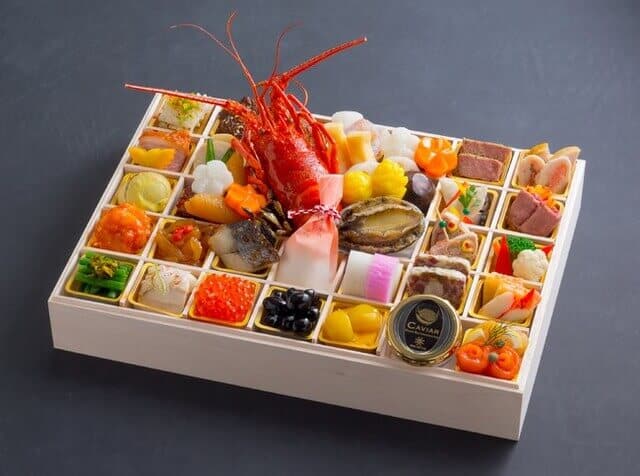
Hokkaido features
In Hokkaido, you can eat “hizu namasu” containing sliced ​​cartilage of raw salmon head. Furthermore, “chawanmushi” containing sweetened chestnuts and “tsutomaki” similar to Naruto are also ingredients unique to Hokkaido.
Tohoku features
In Aomori, the soup “ichigoni” using sea urchin and abalone is a standard. On the other hand, in Iwate, “autumn leaf pickles”, which locals pickled salmon meat and belly in soy sauce, are indispensable. While Hatahata is a staple of festive cuisine in Akita. On New Year’s Day, you can eat “Hatahatazushi”, salted hatahata pickled with jiuqu and vegetables. In Miyagi, “boiled flatfish” is included in the New Year dishes. Additionally, there are cases where local dishes such as Yamagata’s “Koi no Uma-boiled” and “Karakai-boiled” and Fukushima’s “Ikaninjin” are line up as ingredients for New Year dishes.
Chubu features
Local and specialty foods are also eaten as New Year’s dishes, such as Niigata’s “Noppei jiru,” and Toyama’s “Gokayama Tofu.” In Shizuoka, “chicken-suki” made from Nagoya Cochin is served on New Year’s tables. What’s unusual is Ishikawa’s “Berobello,” made by hardening beaten eggs with agar. It features a unique texture seasoned with Japanese-style soup stock and soy sauce.
Kanto features
The classic osechi dishes such as “Datemaki” in Tokyo and “Kinpira burdock” in Kanagawa are originally ingredients with a strong regional flavor. Some of them are now standard lucky charms, such as Saitama’s “Aokuwai” and Chiba’s “Kanro-ni” in Chiba, which prays for fast growth. In Chiba, you can also eat “seaweed konnyaku,” which is made by hardening seaweed into a konnyaku-like shape. Furthermore, the ingredients are different from the standard osechi dishes, such as Ibaraki’s “Kanro-ni”, which uses a whole crucian carp with a tail, and Gunma’s “Dried radish,” which uses dried radish.
Kinki features
In addition to seafood such as “Girimidai” (Osaka) and “Bodara” (Kyoto), there are also local osechi using special mountain foods such as Shiga’s “Red Konjac” and Wakayama’s “Bori” that put taro in rice cake soup instead of rice cake. Also, it is interesting to see the arrangement of “namasu” made by boiling the ingredients once, and “kaki namasu” made in Nara with persimmons.
Chugoku/Shikoku features
Hiroshima’s “kaki†and Yamaguchi’s “fugu” are at the top of the list, and the special seafood is also on the New Year’s table. Okayama’s “Mamakari” is a fish of the family Clupeidae and is eaten as pickled sushi and rose sushi. At Tottori, a zenzai-like “Zoni of red bean soup” is eaten during the New Year, in which soft and similar rice cakes to the soup of red beans. On the other hand, in Kagawa, rice cakes with red bean paste are used, and the name “Anmochi Zoni” is the standard.
Kyushu/Okinawa features
Nagasaki’s “whale” with the meaning of living for a long time, Saga’s “ara cuisine” with ques, and Fukuoka’s “buri” with famous successful fish are also standard New Year’s dishes.
What are the types of Osechi dishes?
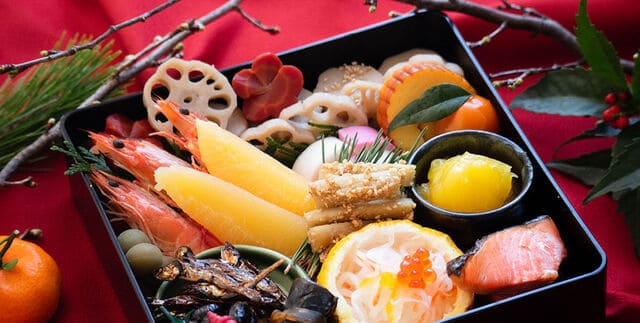
New Year’s dishes, like Japanese kaiseki dishes, are roughly divided into “celebratory dishes,” “kuchitori,” “yakimono,” “vinegared dishes,” and “boiled dishes”.
Celebratory Dishes
Black bean
Kuromame has the meaning of clearing evil spirits and the desire to work diligently so the beans get darker and tanned. In addition to this, kuromame is alway with chorogi when it is inside the jukabo box. Chorogi is a type of perilla native to China shaped like a slender spiral shell and, like lotus root and ginger, feeds on tubers at the tips of roots in the soil.
Herring roe
Kazunoko, the belly of herring, is a lucky charm that wishes for the prosperity of offspring due to a large number of eggs.
Tazukuri
Tazukuri is a dried anchovy fry and cooked in candy. We wish for a good harvest in connection with the abundant harvest of fields that used anchovy as fertilizer for crops. Locals also called this “Gomame” by hinting at the character like “50,000 rice”.
Seared burdock
Burdock roots go deep into the ground, so Japanses hoped that the foundation of the house will be solid.
Kuchitori
Kamaboko
Congratulations are expressed by the pattern of red and white or Shochikuume. You can also use decorations to shape lucky charms such as cranes and pine trees. The red in Kamaboko means amulet and white means clean.
Datemaki
Since the shape of Datemaki is similar to a scroll, locals hoped that the knowledge will increase.
Kuri-Kinton
In Chinese characters, write “Kuri Kinton“. A lucky charm that calls fortune by comparing it to gold.
Otafuku
It is said to be in the shape of Mizuhiki and wishes for peace and peace.
Yakimono
Grilled sea bream
Tai no yakimono refers totai (鯛), which is the red sea bream, often considered a symbol of good fortune and celebratory occasions in Japan. Not to mention the wordplay of “Medetai”, Ebisu-sama’s fish is suitable for the table of Halle.
Teriyaki yellowtail
Buri, which is a successful fish, is a lucky charm that wishes for a successful career.
Boiled / Vinegared Dishes
Boiled prawns
When boiled, it bends like an older person, so they hope that it will last a long time.
Boiled clams or Hamaguri
Since there is only one shell on the left and right that fits perfectly, hamaguri is a lucky charm that symbolizes the harmoniousness of the couple.
Kelp roll
Kobumaki is a traditional Japanese dish made by wrapping fish, often herring, in kombu (kelp) and tying it with kanpyo (dried gourd strips). The “hump” is auspicious because it leads to “joy”. You can also write “Konaji” to wish for the prosperity of your descendants.
Chikuzen boiled
In addition to “lotus root”, which is to have a clear future outlook after the hole, and “taro”, to be a lucky charm for the prosperity of descendants because of the large number of small potatoes, root vegetables that take root in the soil are used for long-term happiness.
What is the meaning of Osechi?
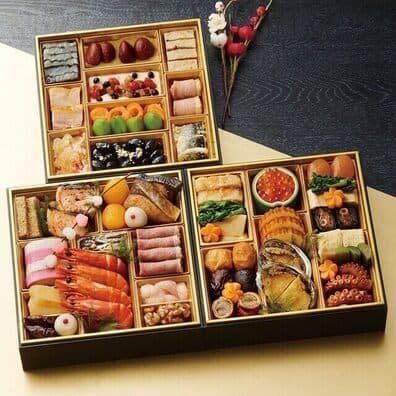
Osechi is a meal Japanese eat to pray for a family’s prosperity as well as a New Year’s sacrifice to the deities. But there’s another meaning to osechi: “piling up good fortune and happiness,” which is why they served in stacking boxes. Osechi is traditionally in five boxes piled on top of each other, with the top four boxes filled with food. The box at the bottom, on the other hand, remains empty. This is because it is used to accept the blessings of the gods, which are symbolically place in the empty box. Three-layer boxes, on the other hand, have been the norm in recent years.
Recommended Osechi Restaurants
Uchiyama
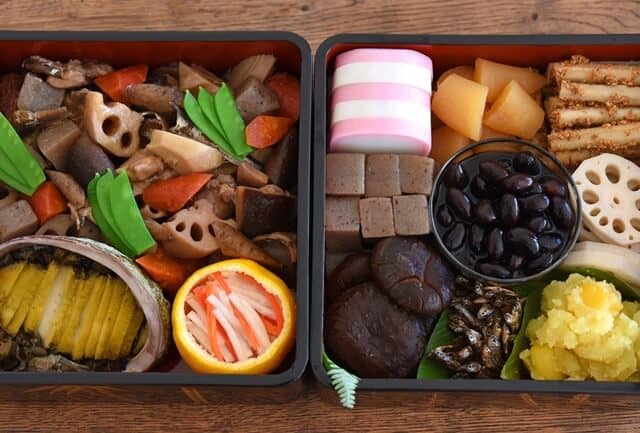
Popular Japanese restaurant “Uchiyama” in Ginza. Hidehito Uchiyama’s popular Japanese restaurant is under those restaurants that are Michelin stars since 2008 and is familiar on TV, selling original New Year dishes. It has a good reputation for lunch boxes and catered dishes, has beautiful colors and is very popular among gourmets.
Asada Akasaka
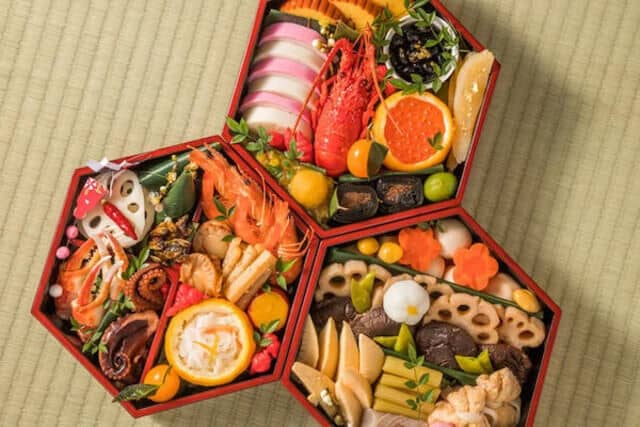
Such a great restaurant also sells osechi for the new year. There are three types of osechi fully-packed. In addition, there is also “Osechi Assortment”, which is an assortment of six types of dishes, so the owner recommended packing it for takeout and enjoy it at home.
RISTORANTE HONDA
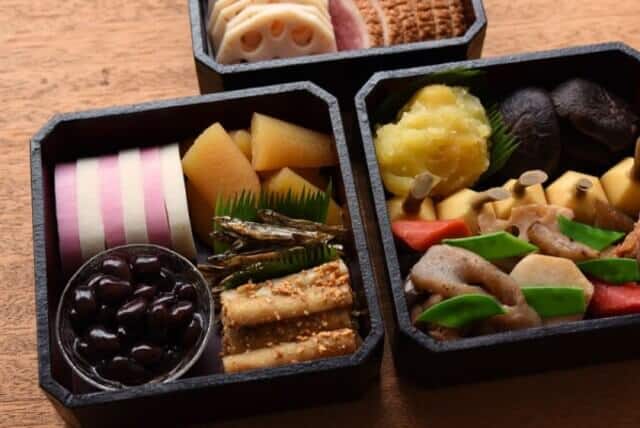
How about the Italian New Year dishes at the popular restaurant “RISTORANTE HONDA” in Gaien? It has a good reputation for the sense of security that everything from cooking to packing. Authentic Italian cuisine that shines with the sensibilities of a Japanese chef with condensed umami and nutrition.
Vincent
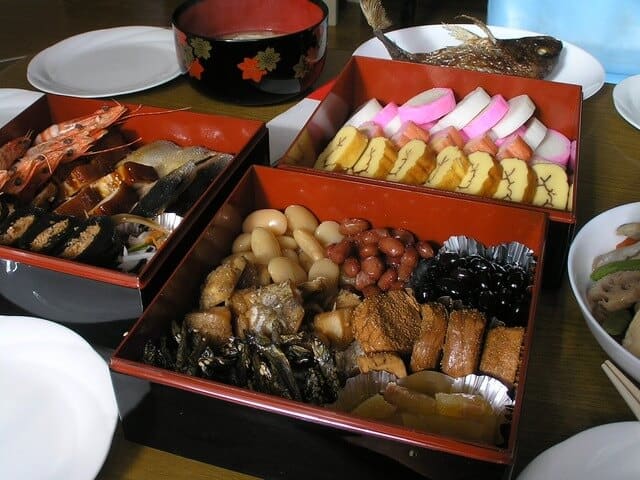
Did you know that the long-established French restaurant “Vinsan” in Roppongi also sells osechi? You can order the special New Year dishes of Chef Etsuo Shiro, who has trained in luxury hotels and restaurants in Switzerland, France, Belgium, etc. It is a colorful and beautiful authentic French restaurant with a slightly mature atmosphere. It’s fashionable on New Year’s Day, and wine is good at such a store
Conclusion
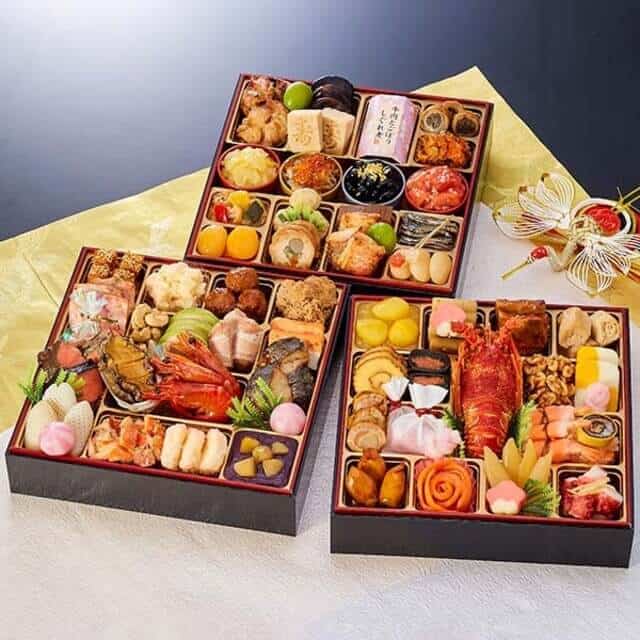
Cultures and customs are slightly different in various parts of Japan. One of the more traditional New Year’s customs is Hatsumode or the first shrine visit of the New Year. Many people go to visit a shrine on January 1st, 2nd, or 3rd, in order to pay their respects and also to wish for a happy and healthy year. The second is Japanese enjoy New Year by having Osechi Ryori. A truly delicious osechi dish delivered by a famous store in Tokyo, which is a bit different from the osechi sold at department stores.
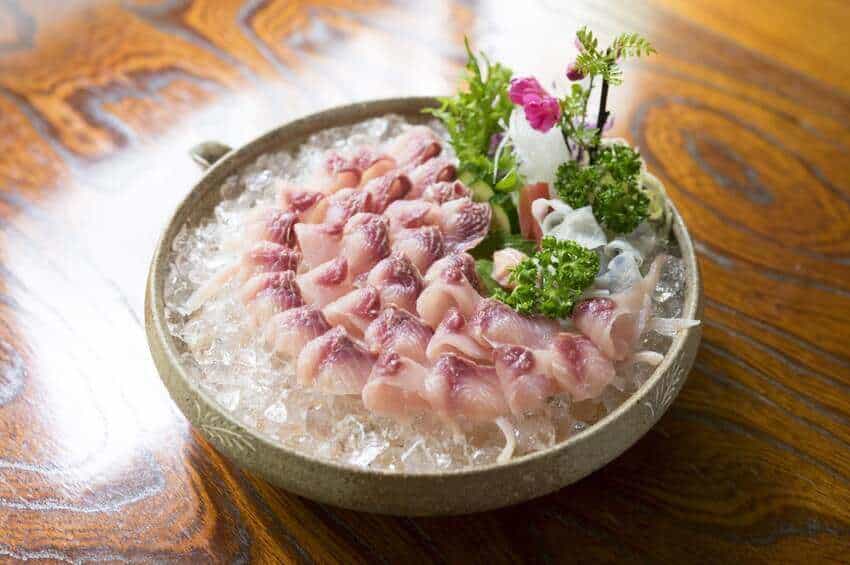
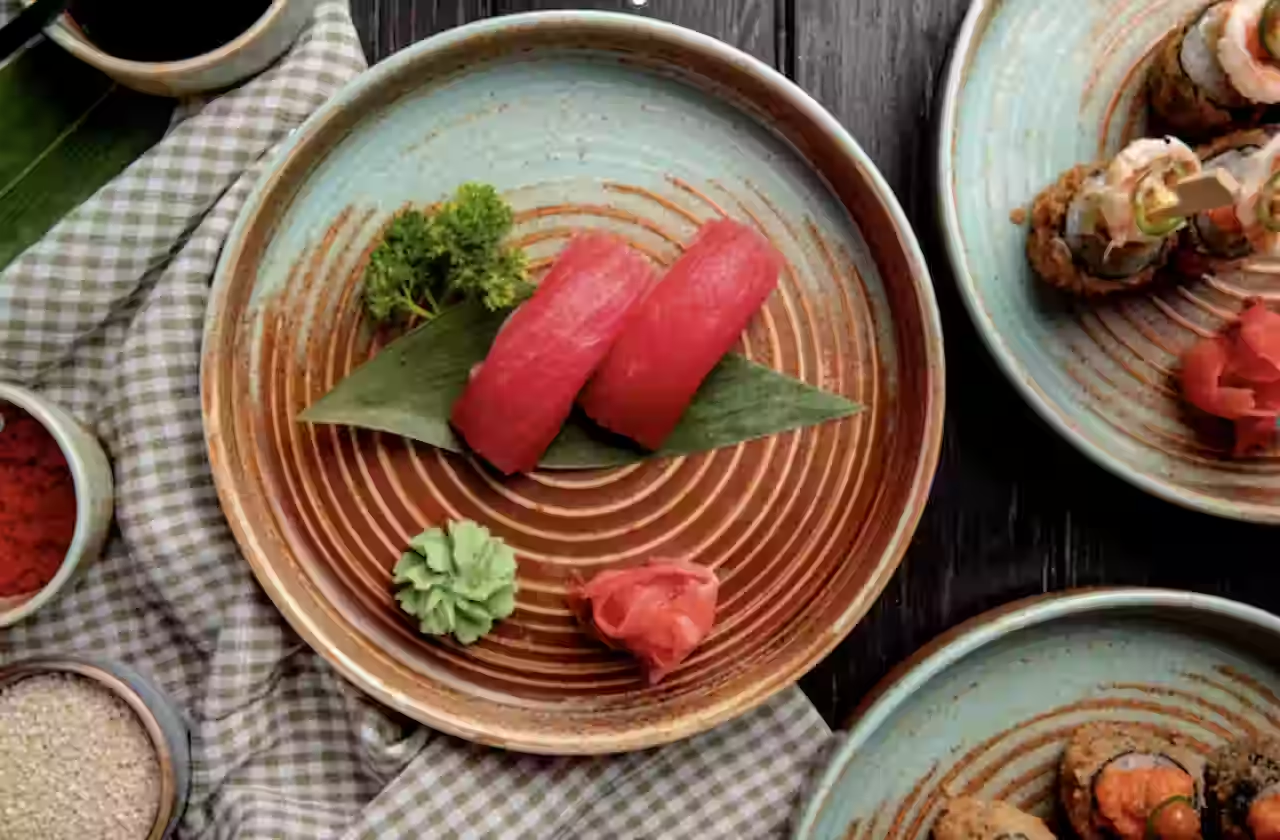
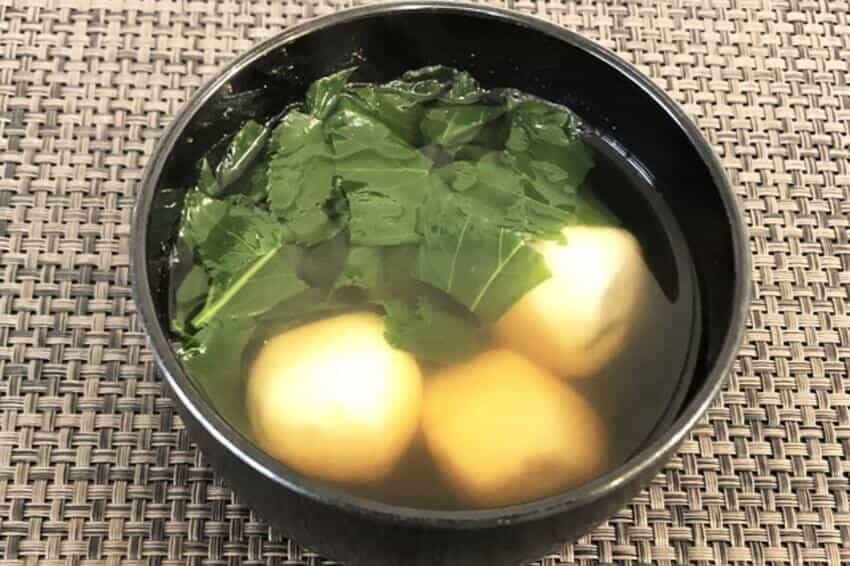
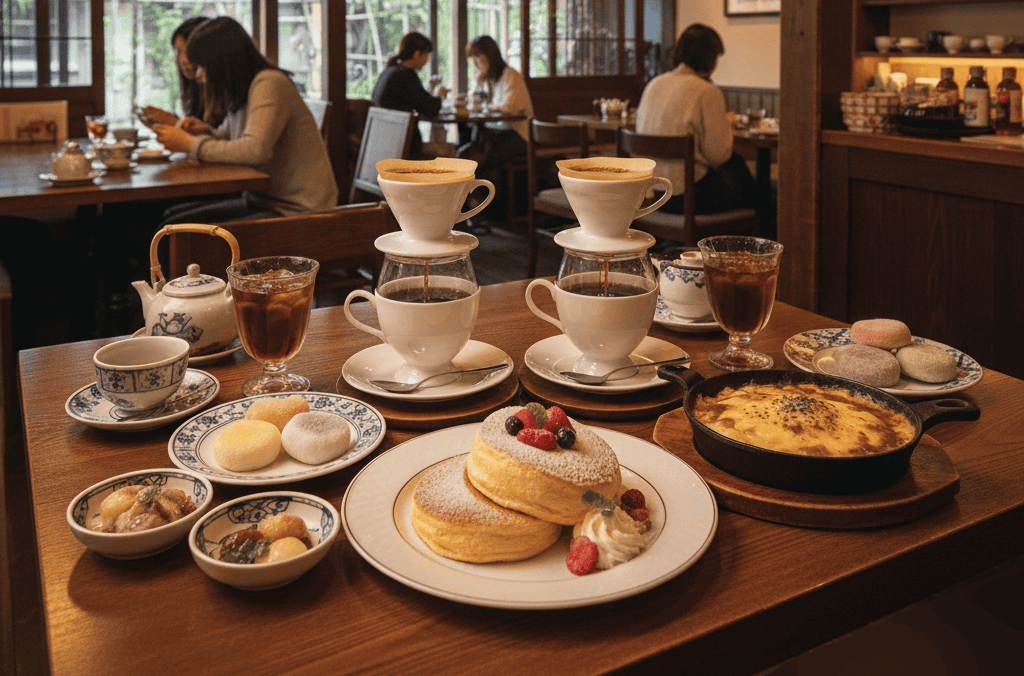
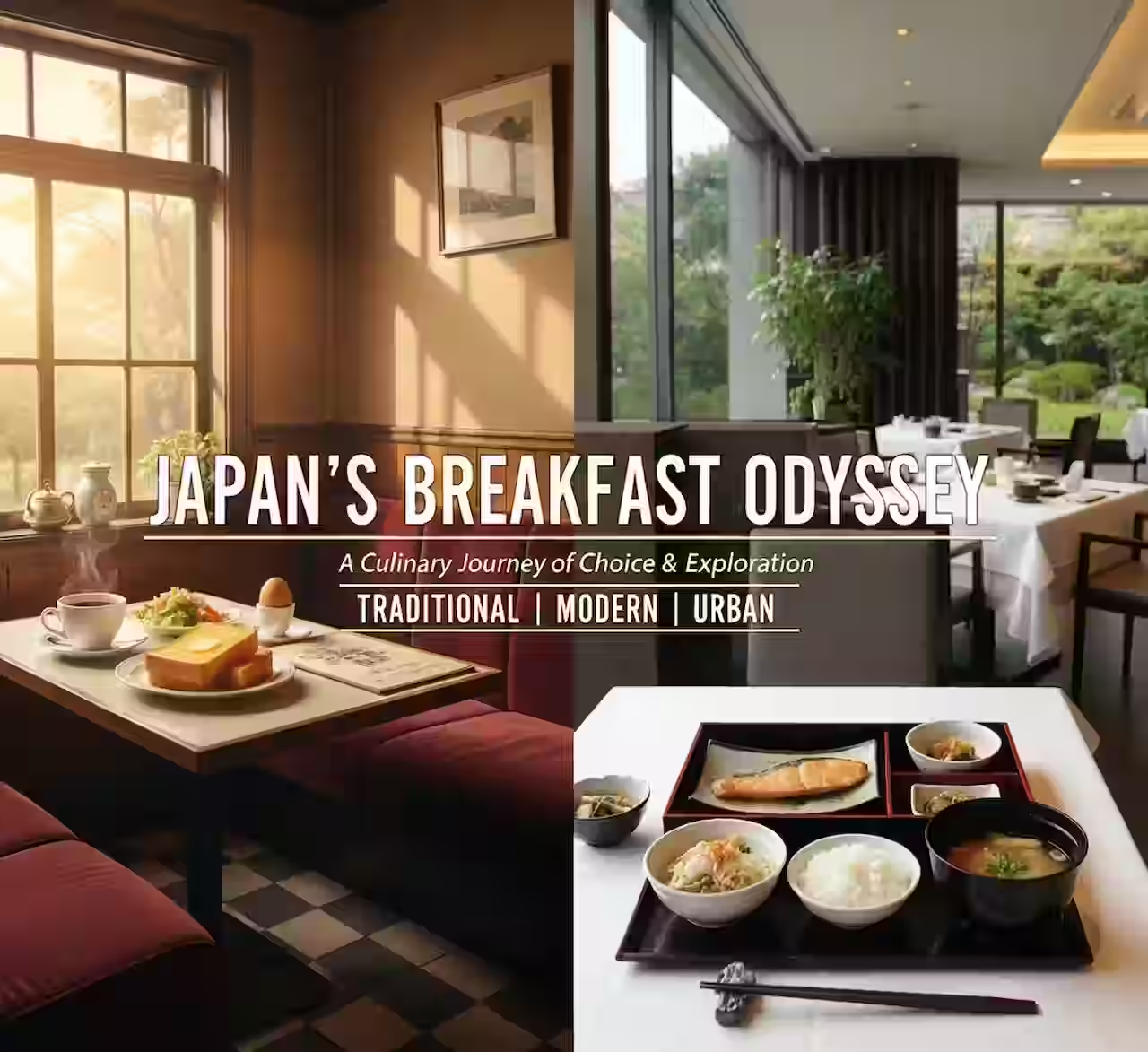

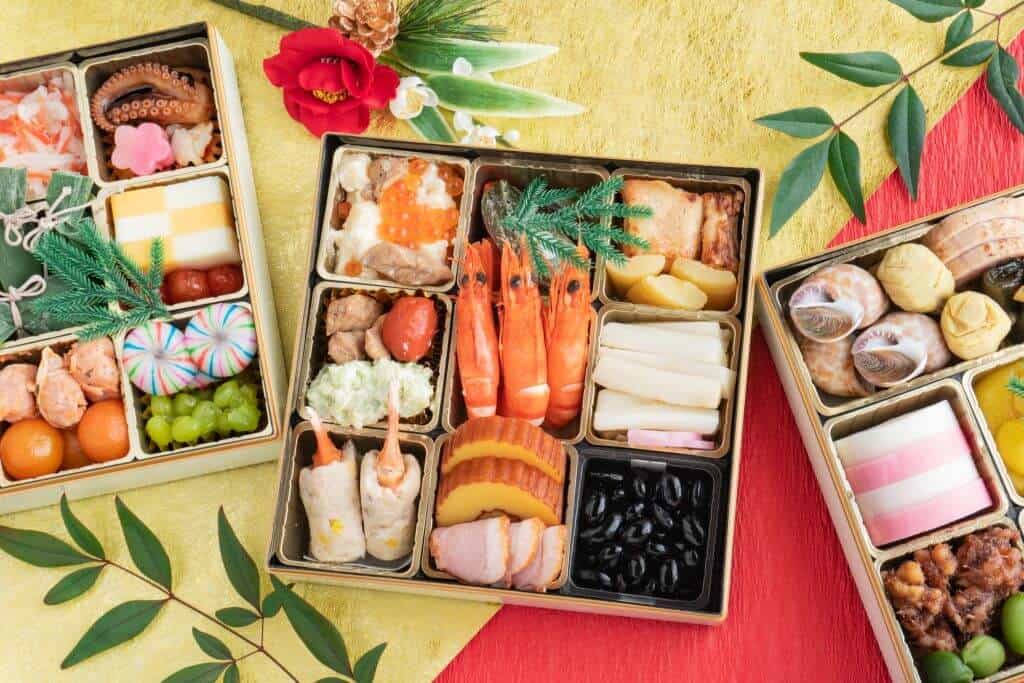
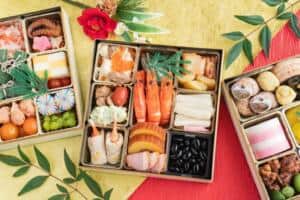
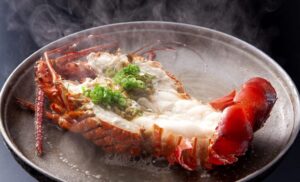
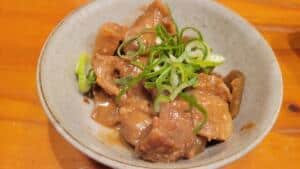
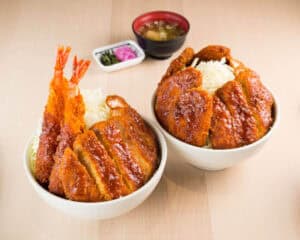
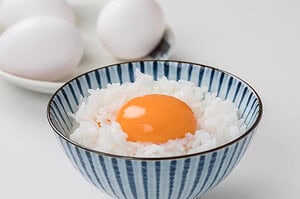
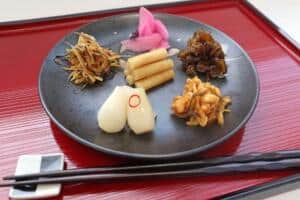
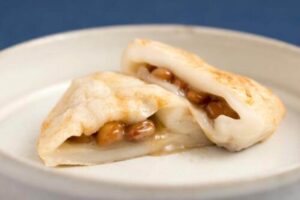
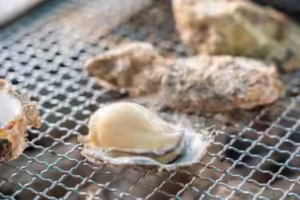

Comments